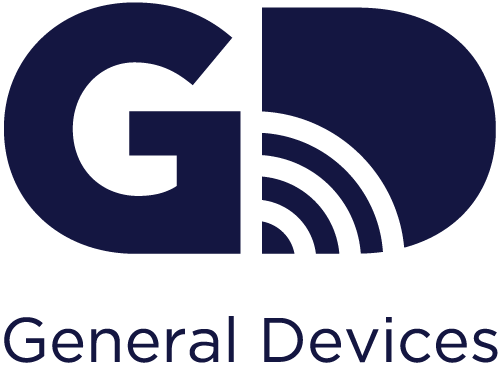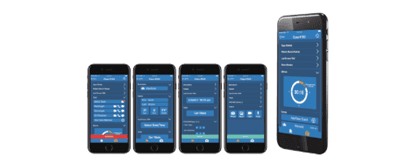STEMI Notifications- Every Second Counts
Out of the 931,000 heart attacks throughout the United States each year, over 700,000 are classified as STEMI’s. A heart attack is always serious, but the STEMI, or ST segment elevation myocardial infarction, is undoubtedly the most dangerous. (piedmont.org, 2019)
The result of a total blockage of an artery, the STEMI, or “widow maker,” leaves no room for error or delay- all chance of survival rests in the first few hours of care from the onset of the attack. As soon as the episode begins, so does the clock. (piedmont, 2019)
Northeast Georgia Regional Healthcare System makes the most of that ticking clock. As their website explains, “The Northeast Georgia Regional STEMI System is a collaboration between NGMC’s Emergency Rooms, Cath Lab and EMS departments in 18 counties designed to treat your heart attack as quickly as possible. We boast some of the fastest heart attack response times in the nation.”
How can they achieve that, one might wonder?
The answer is three-fold. A STEMI is anything but simple, but NE Georgia uses a treatment protocol that is crystal clear before the patient reaches the ED, during treatment, and long after discharge.
Step 1: Using GD e-Bridge’s STEMI WorkFLOW module, first responders can administer and send easily-read, digital EKG results to a waiting STEMI team in the ED. Depending on EKG results, once the patient arrives they can bypass the Emergency Department and head directly to an already-activated CATH lab, reducing time to treatment and increasing their chance at more effective intervention.
Step 2: Even after patient handoff, GD e-Bridge allows for first responders to head to the next call while remaining connected and available for additional questions and clarification.
Step 3: Long after patients have received treatment, the STEMI module continues to benefit NE Georgia’s staff- every case is logged and timestamped, promoting protocol consistency, and allowing the medical center to use past cases in continuing education and training courses for STEMI teams and EMS officials.
Three steps to better patient care before, during and after hospital admission.
One system to make it all clear.
Northeast Georgia has all their steps in order- shouldn’t you?
About GD (General Devices)
GD enables smarter patient care by empowering hospitals, EMS, community healthcare and public safety with the most comprehensive, interactive, configurable, affordable, and integrated FDA listed medical communication and mobile telemedicine solutions. The benefits of which are enhanced workflows, minimized risk, reduced costs and improved patient outcomes. Learn more at www.general-devices.com


